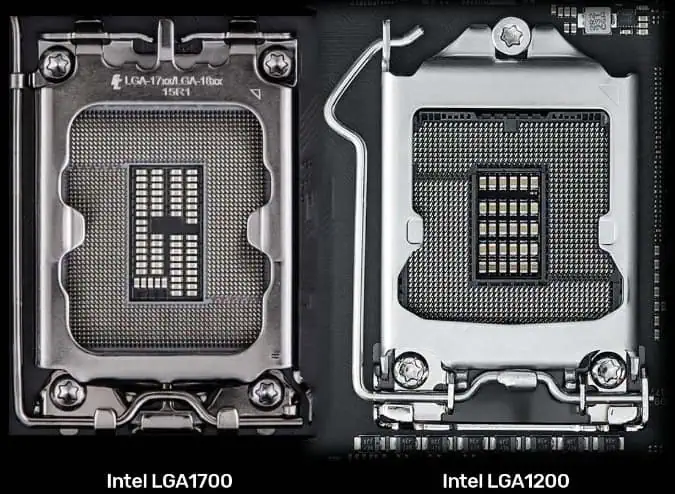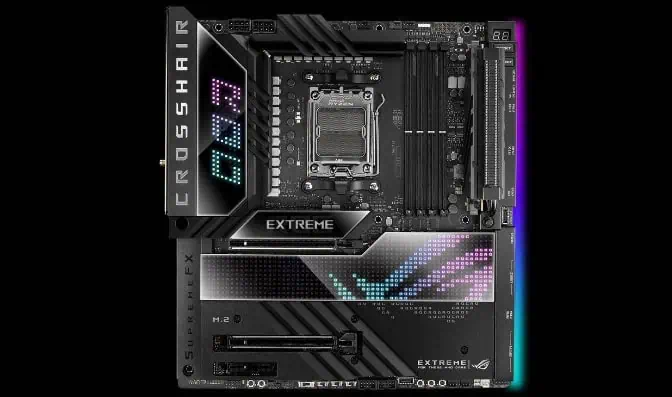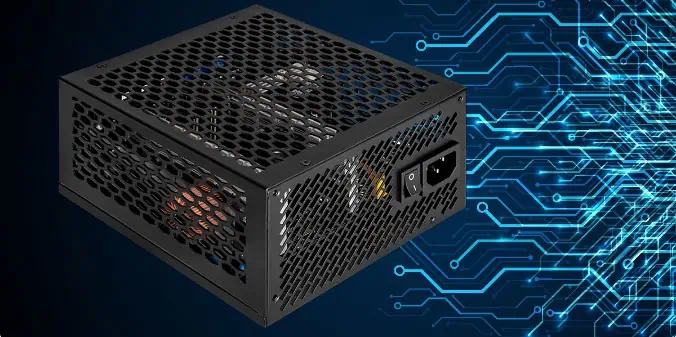Have you ever wanted to upgrade your CPU, only to find that you must replace your motherboard to do so? This experience can be frustrating, but there are valid reasons why companies upgrade CPU sockets, even if some CPU manufacturers change sockets more frequently. For consumers, sticking with one socket might seem beneficial, but in the long run, it could hinder innovation.

1. Number of CPU Pins and I/O
One of the main improvements brought by changes in CPU sockets is the alteration in pin layout, sometimes even increasing the number of pins. More pins mean more data pathways for connecting the CPU to other components, thereby offering greater data transfer bandwidth.

Additionally, more pins mean more power, as power can be distributed more effectively across the CPU. This typically results in a higher TDP because the motherboard can supply more power to the CPU. When Intel names a socket as LGA XXXX, for example, LGA 1700 required by Raptor Lake, the number refers to the number of pins. In other words, LGA 1700 has 1700 pins.
However, the number of pins does not directly correlate with performance. By improving pin efficiency and signal multiplexing, fewer pins can handle more data. Overall, more pins are beneficial, but the underlying technology is also crucial.
2. More Features of CPUs
The introduction of the LGA 1700 socket (used for Intel’s 12th Gen Alder Lake processors and beyond) brought significant improvements over the LGA 1200 socket. The two most notable advancements are support for DDR5 memory and PCIe 5.0. This was made possible through socket changes, as the additional 500 pins allowed for more signal paths and power.

For example, AMD’s AM4 platform has had a long lifecycle, approaching ten years, but it does not support DDR5 memory, which is only supported by AM5. This is a socket limitation, and the only solution is to switch to a new AM5 motherboard. PCIe 5.0 support also came with LGA 1700 and AM5.
Sometimes, companies reserve extra pins for future functionalities, as Asus did years ago to bring PCIe 4.0 support to Zen 2 CPUs. However, pin layouts do not allow for much change.
3. Power Changes in CPUs
If you buy a new CPU and install it on an old motherboard, the motherboard might not be able to supply enough power to fully operate the CPU. A new motherboard means manufacturers need to create new boards, which they can design with current chipset needs in mind, rather than trying to fit a new CPU into an old socket without adding VRMs.

Essentially, this forces motherboard manufacturers to comply with the ever-changing demands of CPUs. If a new CPU has new power requirements but physically fits the motherboard, motherboard OEMs might enable support through a BIOS update, even if it doesn’t work correctly. This can be a problem for companies like Intel because if issues arise, Intel would likely be blamed.
4. Companies Are Always Innovating
In any case, companies are always developing new products and trying new things, so socket changes are inevitable. While AM4 has been around for years, its lack of support for PCIe 5.0 and DDR5 is starting to show its age. New sockets can bring new features, which is why upgrades can sometimes be beneficial, despite being frustrating for PC builders.
Related:

Disclaimer: This article is created by the original author. The content of the article represents their personal opinions. Our reposting is for sharing and discussion purposes only and does not imply our endorsement or agreement. If you have any objections, please get in touch with us through the provided channels.



